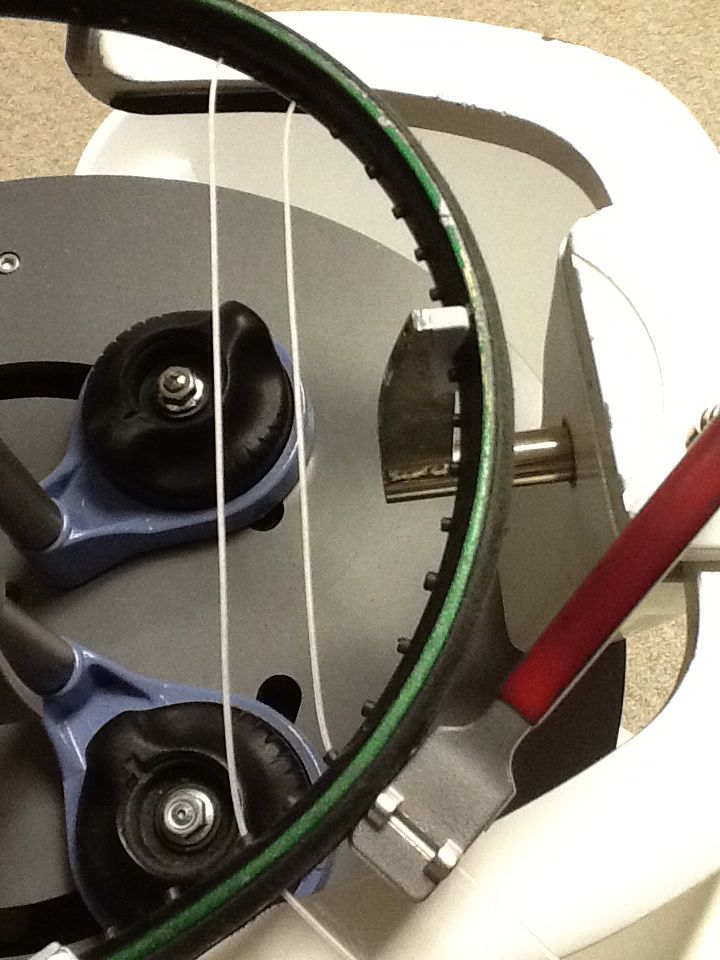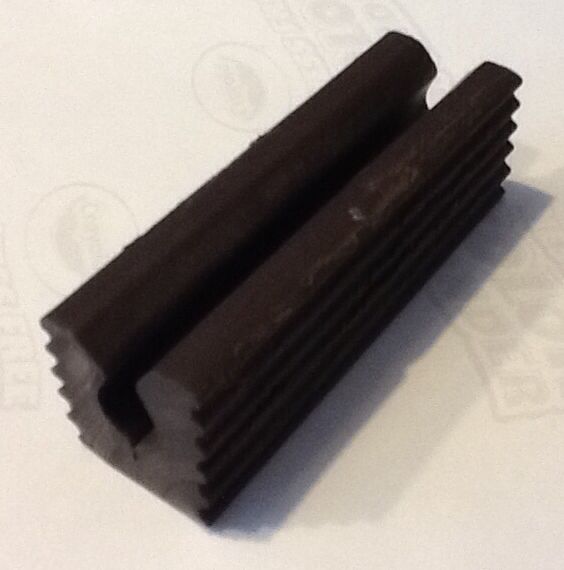Every time you use a staring clamp to start your string you will pull twice on the string.
EDIT: And every time you use an anchor clamp you will clamp the same string on both ends of the string. I would rather have one of those clamping actions done at less than full tension. Seems to me it lowers the risk of damaging the string and lowers build up from the string on the clamp.
Ah the slipping? What slipping are you talking about? Careful what you waiting for here. If you allow the string to stretch too long you will over stretch the second cross compared to the other strings. Since it will be stretched longer it will hold tension longer than all the other strings and end up being tighter.
Give the method a try and see if you thing the slipping pulling on the second string takes any longer. I don't think it does.
I was referring to the Yusuki method when referring to pulling twice, not starting the crosses, but I should have been more precise.
Agreed with the string buildup, AND the risk of string damage (although the damage being done [iff the string slips] is negligible), but my point is that I personally don't think the value of a "fancy" starting method. I could be/am open to being convinced otherwise, of course. From a measurable final stringbed perspective, I'd be surprised if any difference was measurable that wasn't caused by a 'pre-stretch' of the center mains (which, if we're arguing minutiae, is reducing consistency).
I'm referring to the "slipping" of the top cross in relation to the second. I'm not advocating a prolonged pull -- there's going to be time when the first cross tensioning along with the second will come to rest. I'm explaining why your method is legitimate regardless of the tension on the top cross. No need for an experiment on my end, I'm in agreement with you.
dd,
What issues does pulling strings twice present? Aren't these issues offset by the uniformity you get from pulling full tension twice on begining strings, just like you do on all of the other strings? With each tensioning of a string you get the pre-stretch of the next string, except in the case of the first one. Isn't it better to pull the first string twice, with full tension, as well?
And again, what are the drawbacks?
Thanks,
Muppet
Again, I was referring to the Yusuki (and other) methods. If you're not pulling full tension twice on every main, it's an inconsistency. The Yusuki (and other) mains techniques aren't actually pulling full tension (generally) on the center mains, so this effect is diminished.
If you're pulling the second main, you've got a clamp right behind it. You've got tension on the second main, with no additional tension being pulled (minus minute drawback differences) on the previous (center) main. Once you release the clamp, no additional tension would be pulled on the center main unless slipping (around the bend) occurs. I'm not sure if this is what you're referring to with "pre-stretch" of the next string... I'm not seeing where all strings are being tensioned twice.
DD another suggestion, clamp you second main inside the frame with a starting clamp like Drakulie does. Although I would use a (hard rubber / soft plastic) spacer here to protect the grommet Drakulie does not think it is necessary. Pull tension on the first main on the same side as the second main clamped with the starting clamp and clamp it with the machine clamp from the opposite side. Pull tension on at least two mains on the other side and clamp as normal. Pull tension on the second main with the starting clamp and continue as normal.
This way you will never have your machine clamps bumping up against each other no matter how tight your pattern is.
This is something I'd consider trying, but I'm not convinced I'd choose it over my current method. I'll look up the video if drak has posted one?


